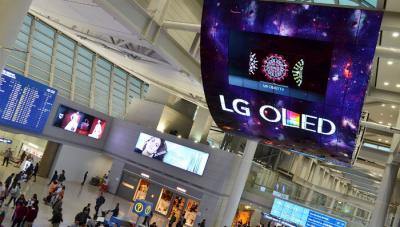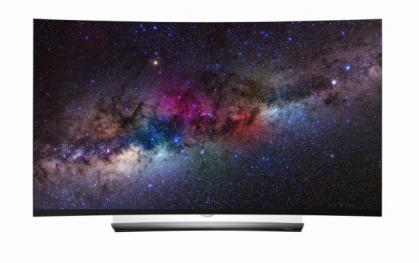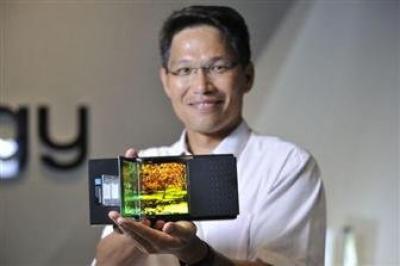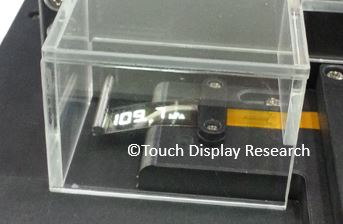Wisechip to start producing transparent OLEDs by the end of 2016
Wisechip announced that next week it will demonstrate its new flexible and transparent PMOLED panels, at a tradeshow in Taiwan. The company says it has achieved a breakthrough in transparent OLED production, and mass production will begin by the end of 2016.
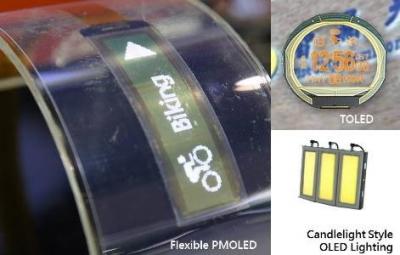
Wisechip did not reveal any details about these upcoming panels, only saying that the panels will feature "good transparency". Wisechip will also demonstrate flexible PMOLEDs with a bending radius of 60 to 40 mm.


